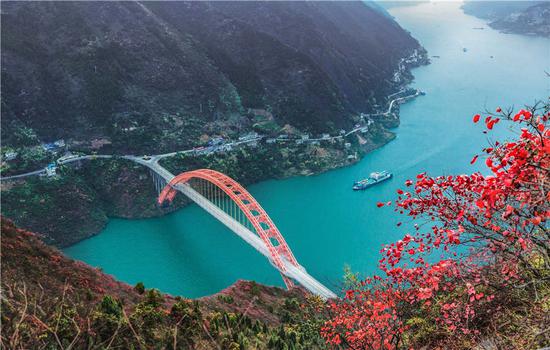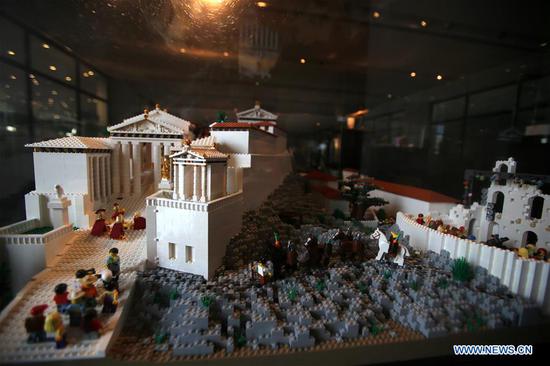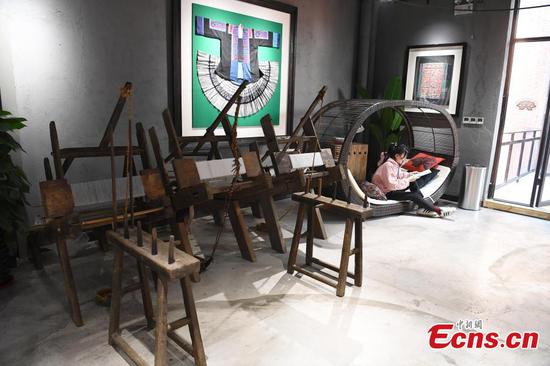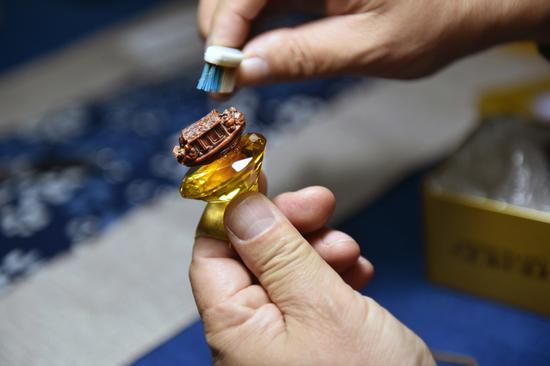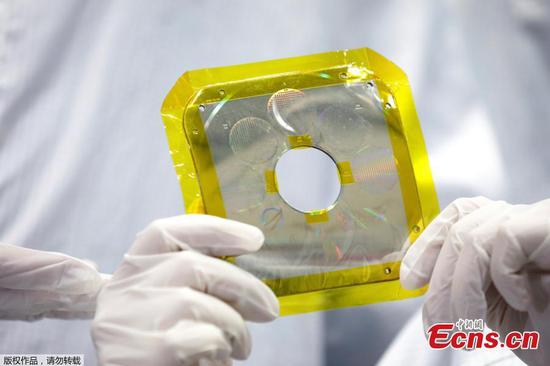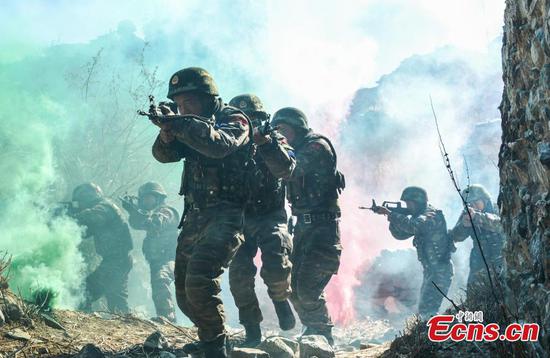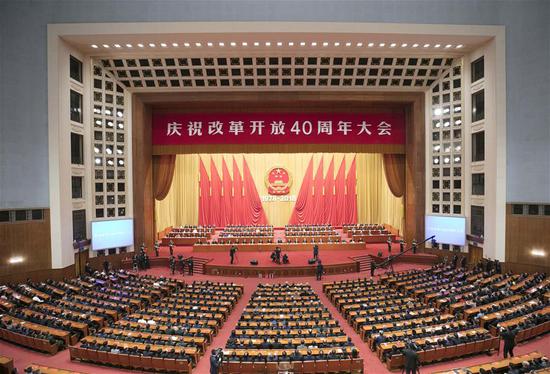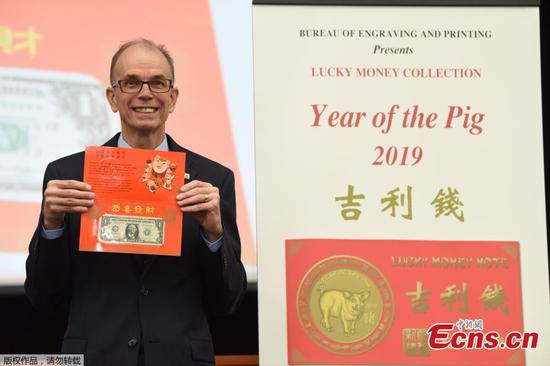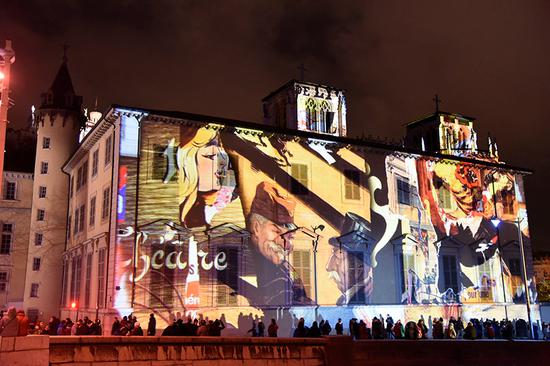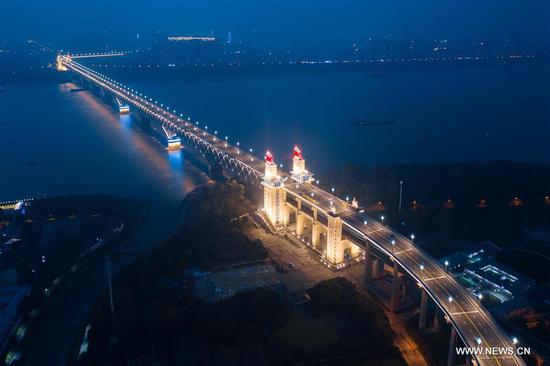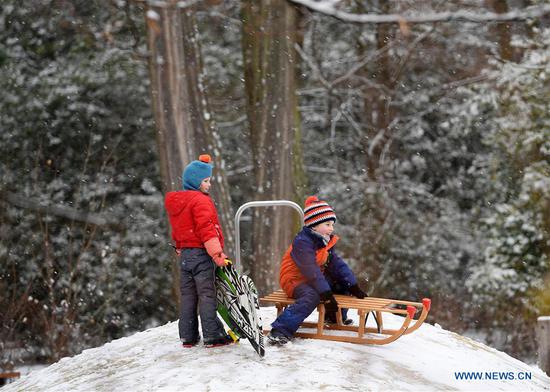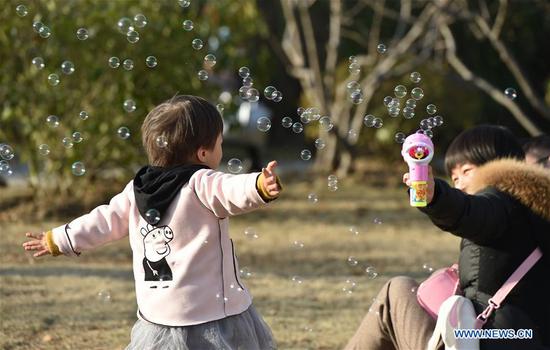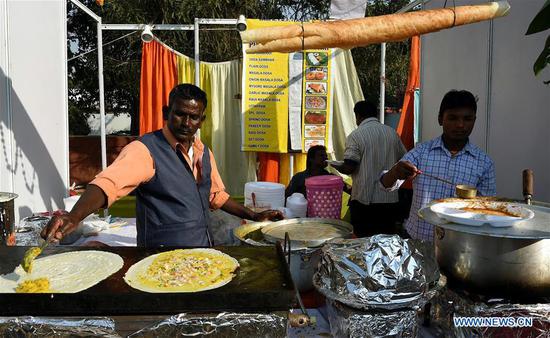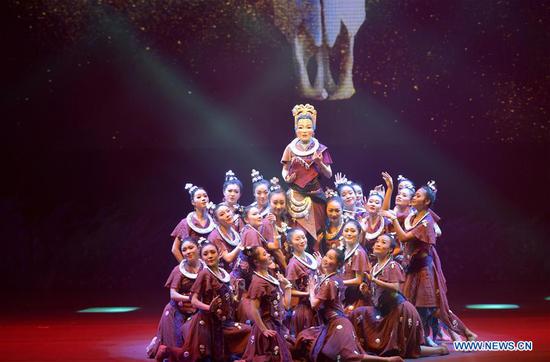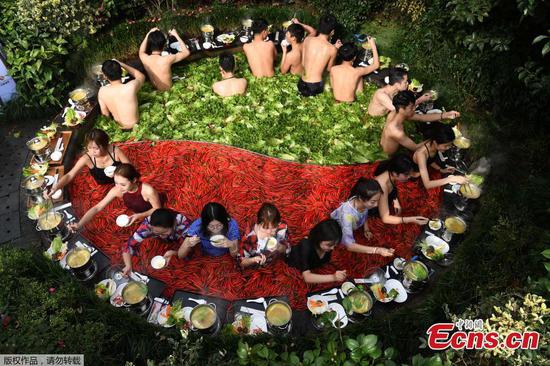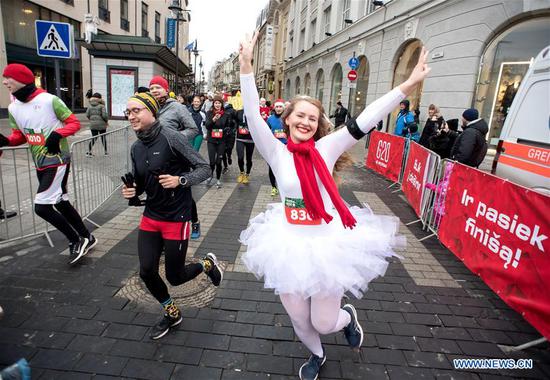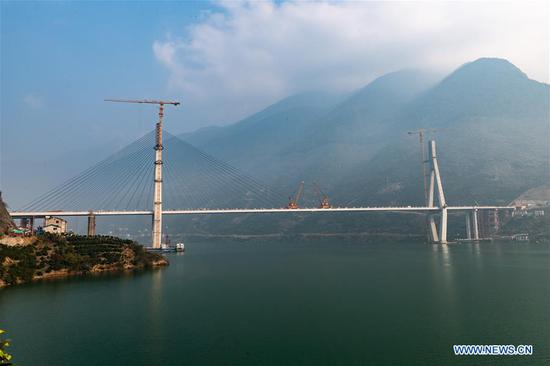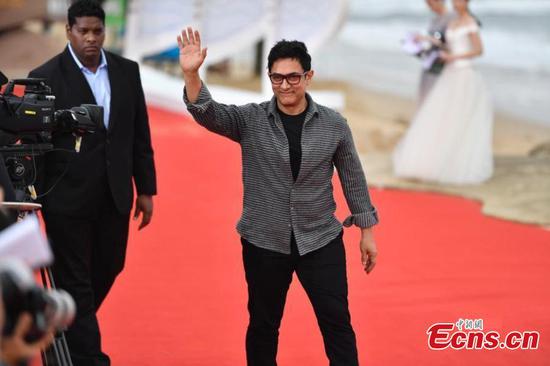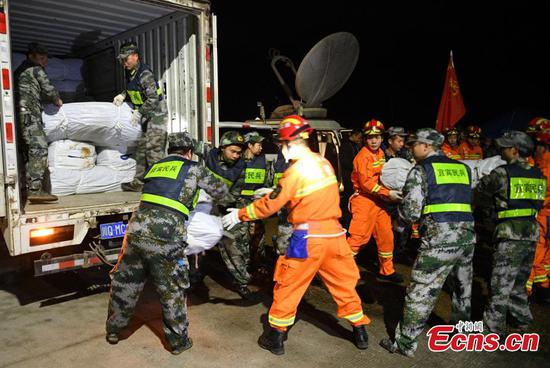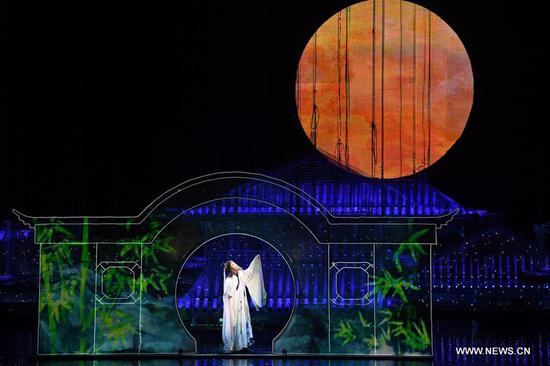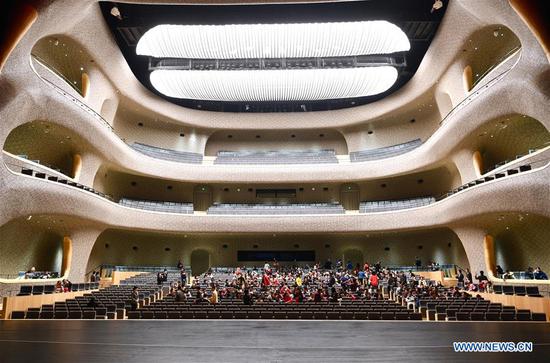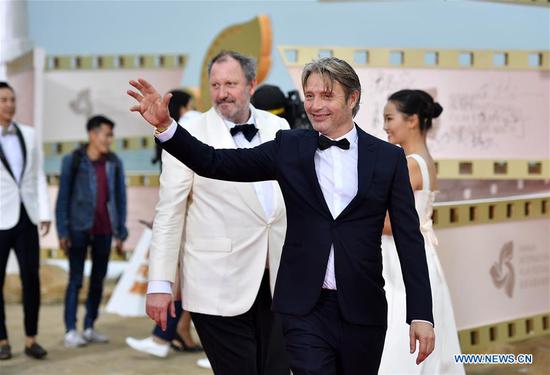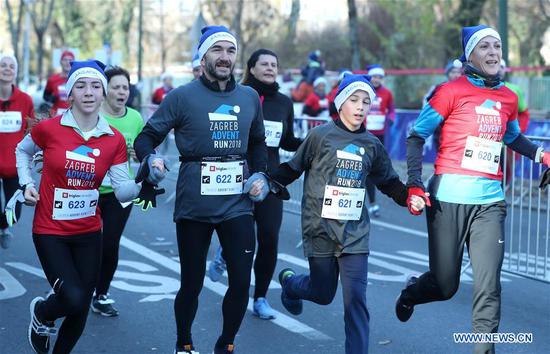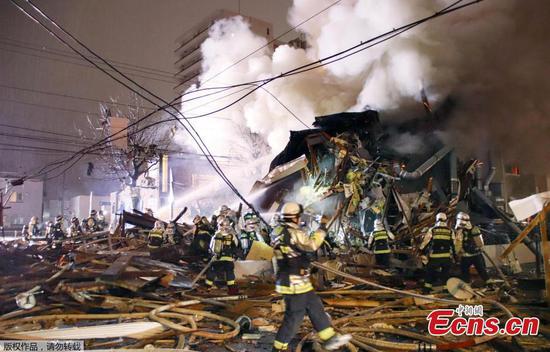Sitting in front of his computer, Zhou Jianmin, who has been working in the photography industry for 40 years, can tell the age of a wedding picture just by what people are wearing.
"A wedding picture from the 1980s usually features the bride wearing a white dress, holding a plastic bouquet with a small yellow purse hanging on her right hand," Zhou said, pointing at the computer screen showing several couples dressed alike.
In 1978, when Zhou became a photographer in a state-run photo studio in Shanghai, wedding photos were much simpler, with plainly dressed newly weds just sitting in front of the camera.
As China initiated reform and opening up in the late 1970s, stylish wedding dresses and studio pictures prevailed, sweeping through the country in a wave of fashion.
"The advent of color photography, digital cameras, as well as changes in the operating models of photo studio brought huge changes to the industry," Zhou said.
China's opening up also gave more opportunities for overseas adventurers to explore the country.
Adrian Bradshaw, a British photographer, is one of those explorers. He landed in Shanghai in the 1980s and captured the awakening of the country's fashion through his lens.
In his pictures, there are five young men with big hair, wearing garish colorful shirts and bell-bottom trousers walking along the Bund. There are young ladies crowded in a rarely seen cosmetics counter in department store.
"I was more interested in everyday aspects of life, visually, one of the main things that changed was how people dressed, how they changed their hairstyles," Bradshaw said.
A few decades later, Shanghai started to hold its own international fashion festivals. Shanghai Fashion Week is a top international fashion week, with more than 40,000 industry insiders involved. And the city is ambitious to become a fashion hub with international influence, where international brands locate and debut their products.
"Shanghai has always been a bit different. When I came here there were more people making efforts to show that they had ideas," Bradshaw said.
His pictures still remind him of the time when dynamic changes were taken place in China.
Four decades later, with over 600 regional headquarters of transnational corporations and over 400 foreign R&D centers located in Shanghai, this leading city of shipping, trading and innovation has attracted hundreds of thousands of people from all around the world to visit, live and work in.
Mark Siegemund, a German architect and photographer, did not hesitate when he decided to move in Shanghai in 2010 after spending time in the city as an exchange student.
Siegemund sees Shanghai as a place where the modern and traditional intersect. He created an account on Instagram to let more people see pictures of Shanghai.
Bright neon lights contrast with a dark blue sky, skyscrapers just behind narrow alleys, the intense contradictions make his photographs unforgettable.
"Shanghai is a city of future," Siegemund said. He adds bold futuristic elements like super heroes and spaceships to his photos, which blend perfectly with Shanghai's cityscape.
As the city transforms, the representatives of old and new also change. Park Hotel, the rare tall building of Shanghai decades ago and a popular background scene in Zhou's old photos, has now vanished among large skyscrapers.
For the last two years ago, Siegemund has extending his enthusiasm to aerial photography, focusing on the high-rises along financial center Lujiazui and the Bund.
While hosting modern high-rises, advanced AI research centers and the plant of the world's leading electric car maker, Shanghai avoids losing its uniqueness by maintaining its heritage.
With new regulations protecting historic buildings and harsher punishments for destroying protected buildings under discussion, more traditional buildings will get the chance to be in Siegemund's photos.
"As the city pays more and more attention to preserving history, the contrast and blending of the modern and ancient creates a character that no other city has," Siegemund said.
The changes of Shanghai were captured through the lens of these photographers, and are embedded in their lives.
Zhou now preserves the history of Shanghai by restoring damaged old photos. Bradshaw's exhibitions featuring fashion and life of Chinese people four decades ago can be seen both in Shanghai and Oxford. A strong sense of belonging has urged Siegemund to make more innovative projects in Shanghai.
"Shanghai is more open to new ideas and creative thinking, with many more opportunities and fewer restrictions," said Siegemund. "It is the city of dreams."









